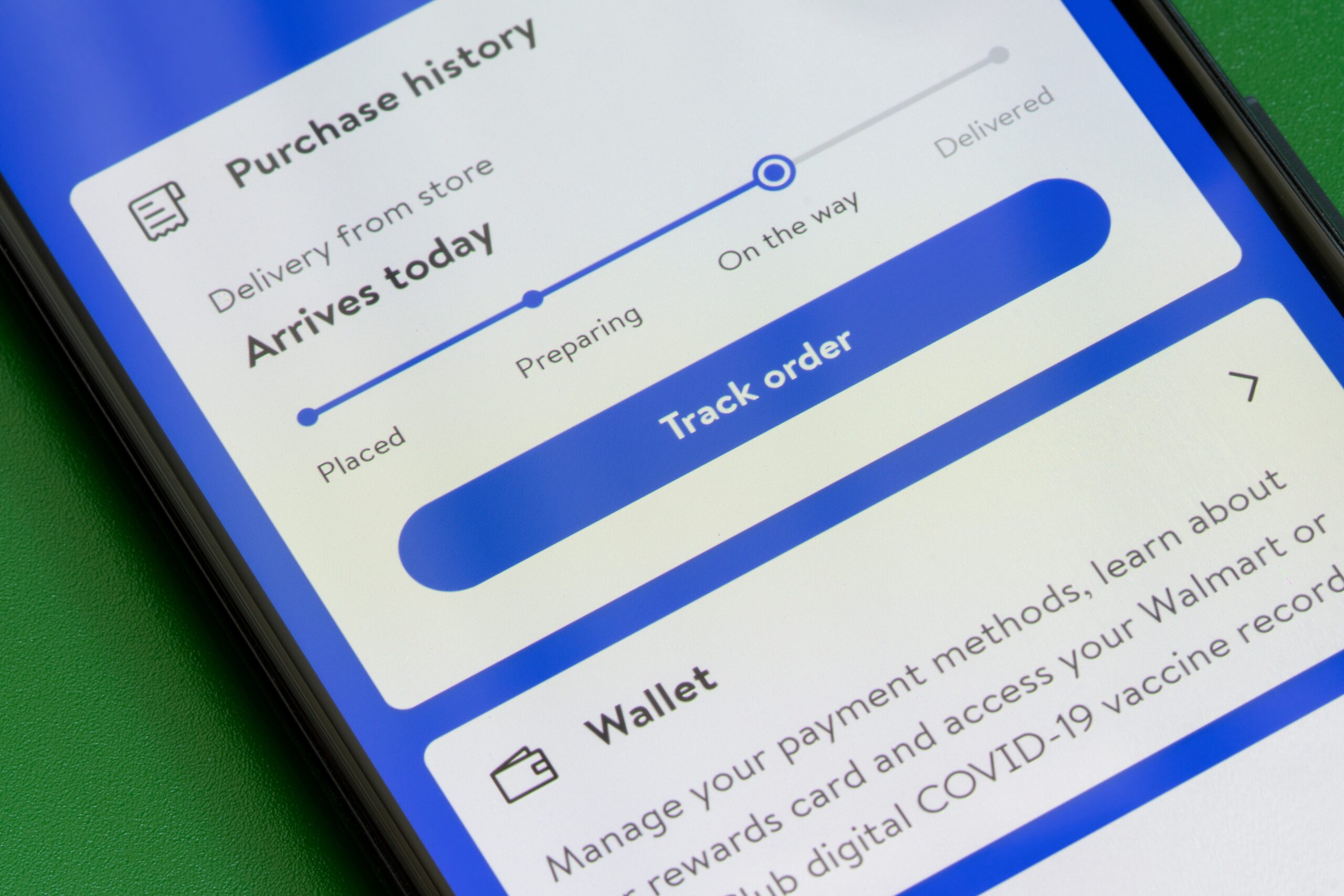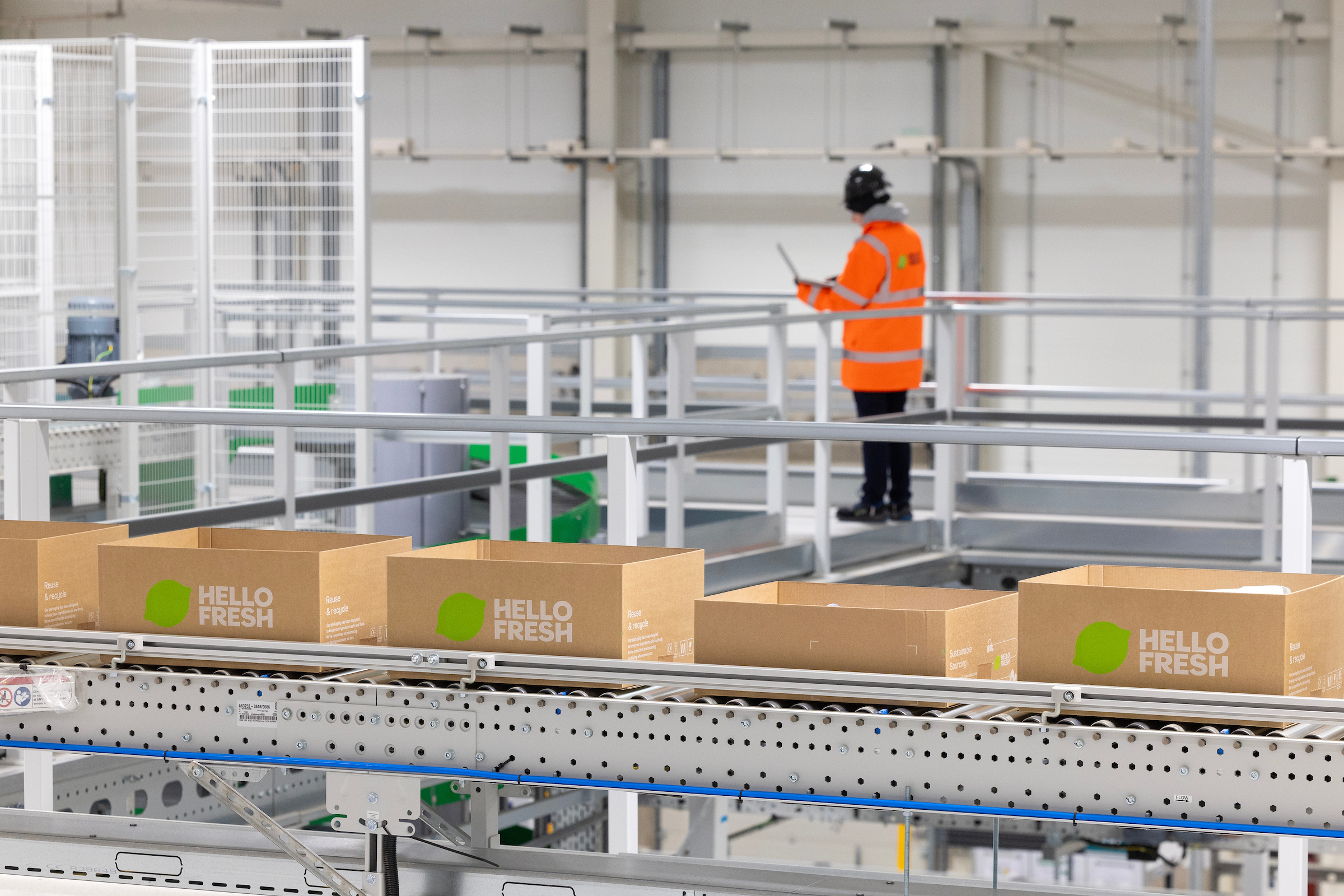Direct Link are specialists in customer-specific delivery solutions and the distribution of ecommerce goods to anywhere in the world. They deliver to every country worldwide and as part of PostNord, the largest provider of logistics solutions and geographical coverage in the Nordic countries, they cover 100% of the Nordic market by providing over 8000 PostNord branded service points.
Every year Direct Link conducts studies of the development of ecommerce in many different markets and has outlined some of the key steps you can take to create a supply chain based on relevant customer insights.
The rapid growth of ecommerce has opened new opportunities to address end customers directly. Building up an in-depth understanding of what drives end customers, and what they expect, is therefore essential for all retailers and e-retailers with ambitions of being front-runners. The right insight makes it possible to generate the right forecasts, develop the right assortment and optimise the customer experience. This, in turn, is a fundamental driving force in building up an efficient, smoothly functioning supply chain.

1: Take as your starting point the “new” customer
Startup companies have the advantage that their “original” business model is based directly on the new reality. The process is more complicated for established companies, as it demands an injection of innovation, and means that old structures and processes will most likely have to be reviewed and remodelled. Looking at customers and the market with new eyes can often help launch a new start. This, in turn, can result in the realisation that it is necessary to drop existing ideas about how things have been done in the past, or how the organisation is currently set up. You can learn a great deal by analysing successful competitors.
2: Build up a better understanding of what drives customers
Today, customer loyalty can only be built up by fulfilling expectations and living up to customers’ future requirements. The company’s quantitative surveys should be paired with qualitative interviews, conducted either by its employees or a third party, in order to provide a more nuanced and future-oriented assessment. Predictive analyses have become more common. These are based on huge volumes of data about behaviour, preferences, other external factors (insight from social media, but also weather forecasts and the like), and serve as foundations for predicting future needs and what implications these will have for the supply chain.
3: Reinforce the role of the logistics manager in the company
By taking customer insight as the starting point for how the business is to be run, you can create a new platform for your activities. Precisely how this is to be done in practice is a management issue. It may not be necessary to rejig the internal team, but it is important to remember that the game tactics have changed, so the roles are likely to be redefined. Everyone in the management team must agree on the direction to take, and the company will have to be (re)organised accordingly. It is also crucial to ensure that logistics issues – along with sales and marketing matters – are elevated to the management level. Adding the logistics manager to the management team helps integrate logistics issues naturally and seamlessly into business decisions.
4: Tear down the silos!
Internal silo thinking should be consigned to history. Different units and departments at the company need to work together and speak the same language. Marketing activities and the sales range must be synchronised with goods supply, and checked with the heads of finance and economy. Goods supply must be coordinated and planned to make sure that products are always at hand when customers send in orders, and that relevant delivery options can be presented. In many cases, this may require the involvement of partners and suppliers, which naturally ramps up requirements on planning and collaboration.
5: Test different hypotheses
The company management must ask itself a number of important questions:
| “What customer do we want?” “What requirements do they make?” “What experiences are important to them?” “Which channels do we need to use to communicate with them?” “Which channels do they want to use to make purchases?” “Which channels can we provide?” “Which regions do we need to cover?” |
Based on the answers, it is possible to put together several different hypothetical business concepts. These, in turn, must be linked to projections:
| “What effect will the different options have on our business?” “How do they affect our costs and our capital binding?” |
This must then be translated into a logistics vision that spans all channels, because consumers expect options, problem-free deliveries, and positive experiences regardless of how they make their purchases.
6: Use KPIs as governing tools
KPIs that are actively used clarify how the supply chain is performing in relation to the stated goals. KPIs also send out clear signals about when changes have to be made, allowing companies to operate proactively and develop their supply chain so that it aligns with customers’ expectations. Which KPIs should a company use? There is naturally no “one size fits all” answer to this question. But understanding the difference between lagging and leading indicators is key. Lagging indicators show results over a period of time, leading indicators capture data that has an effect on an outcome, which makes them useful for predicting or anticipating an output.
Surveys reveal that companies which actively base their business on customer insights are more successful than other enterprises.
To find out how Direct Link can support your business and help you with your cross-border deliveries – be sure to reach out for further information!







